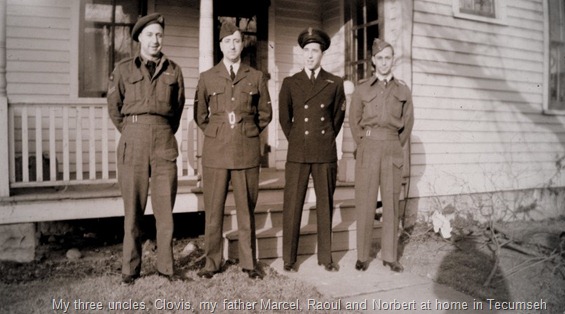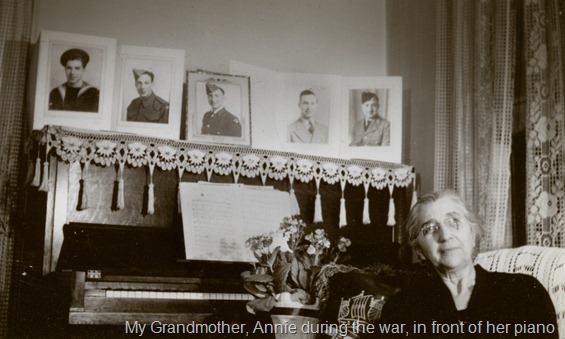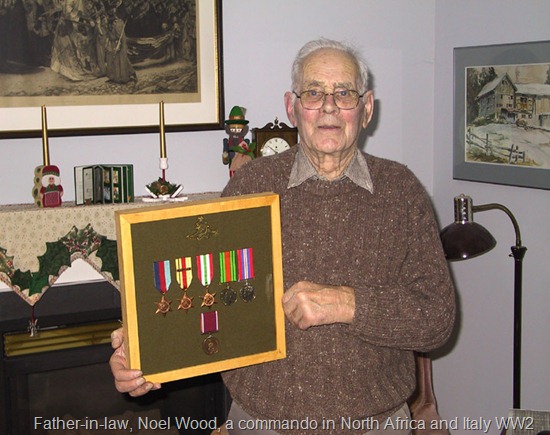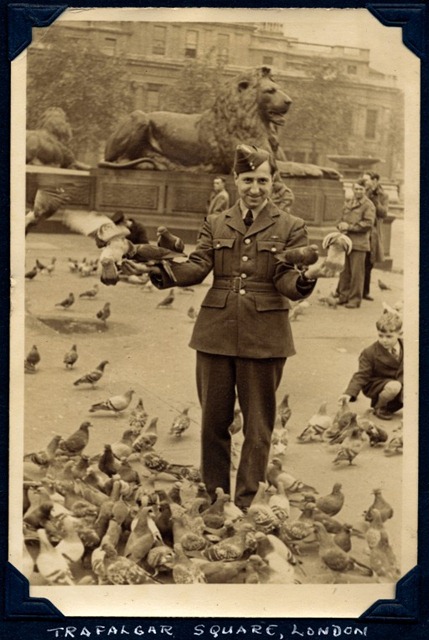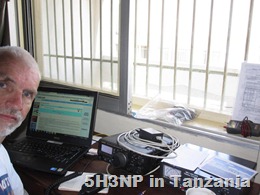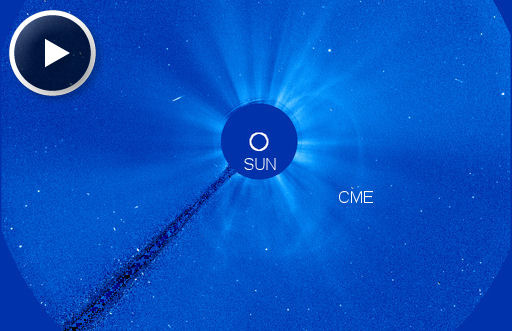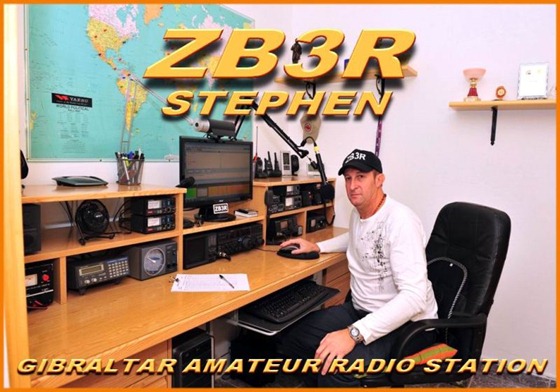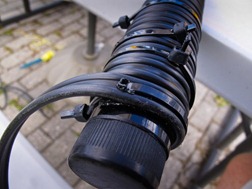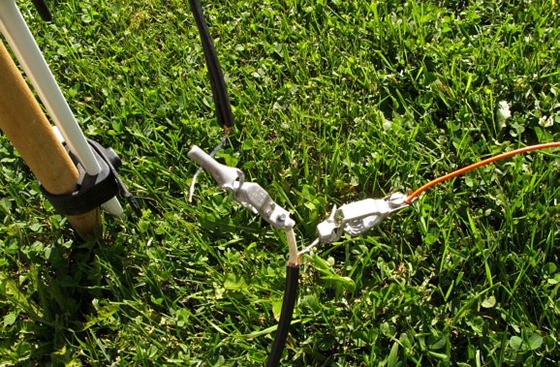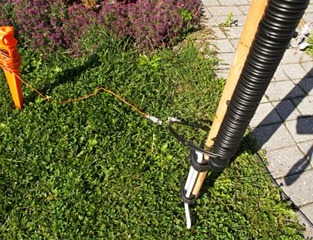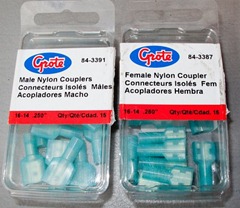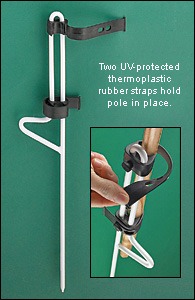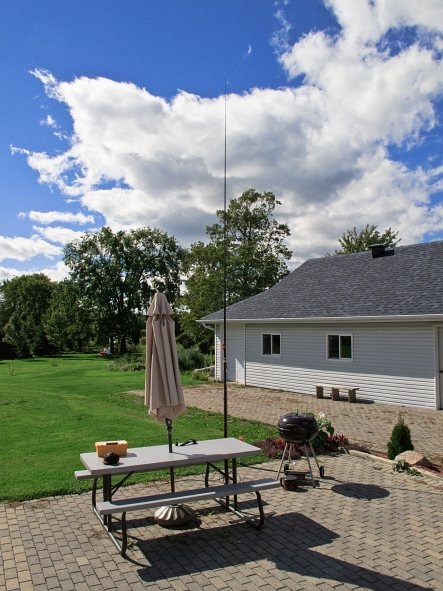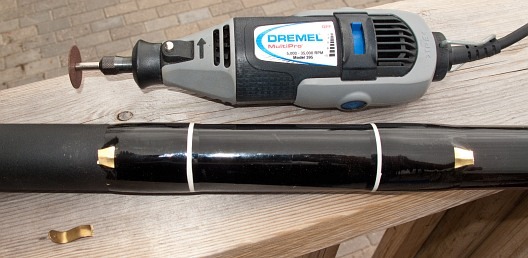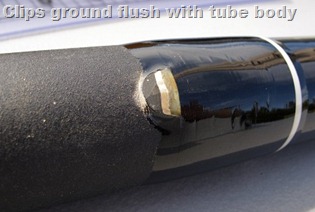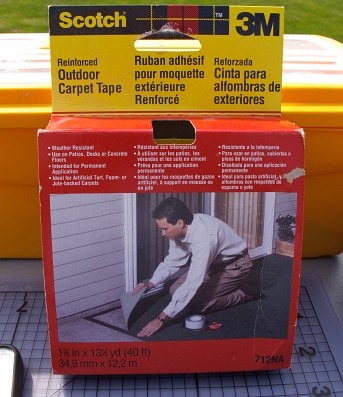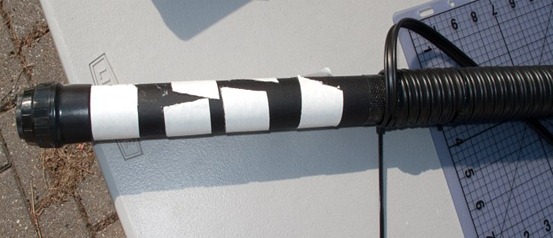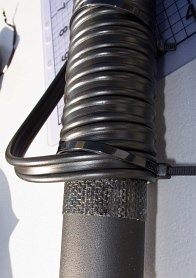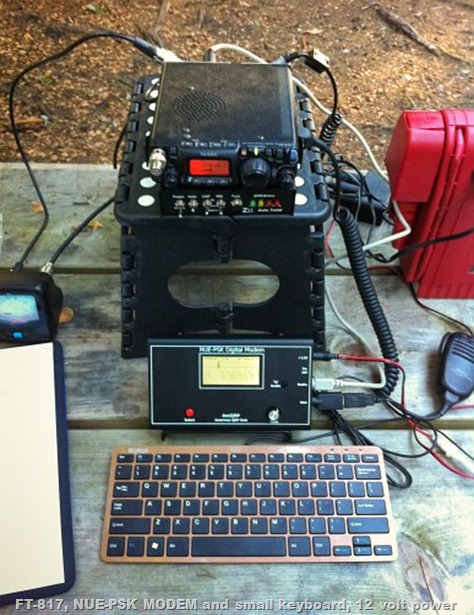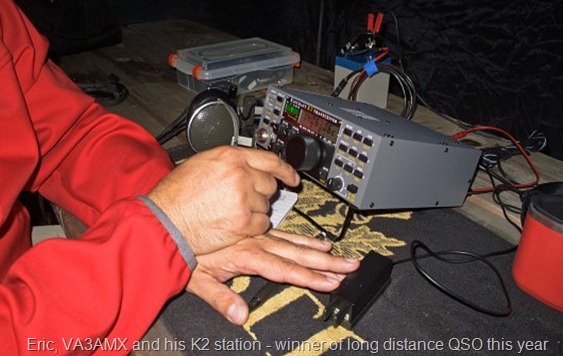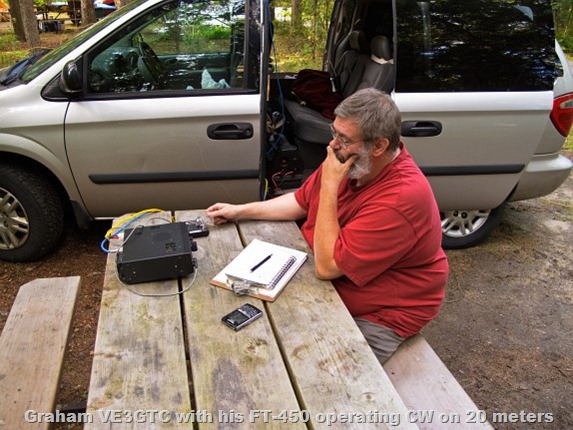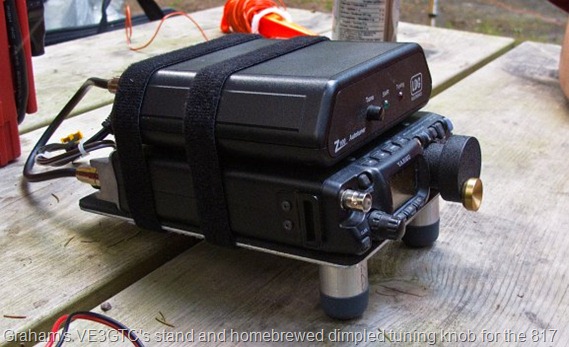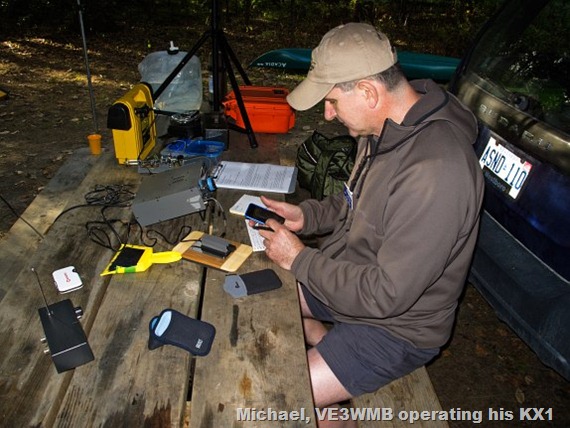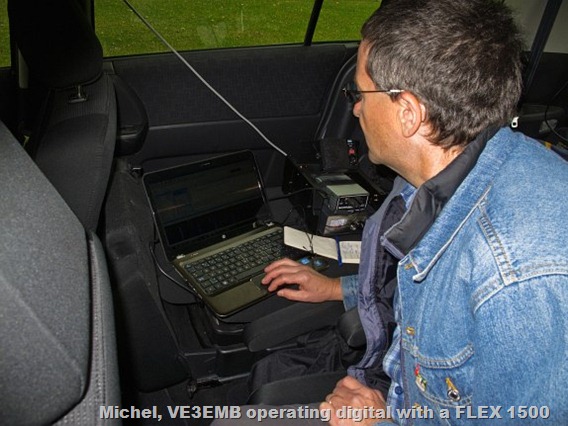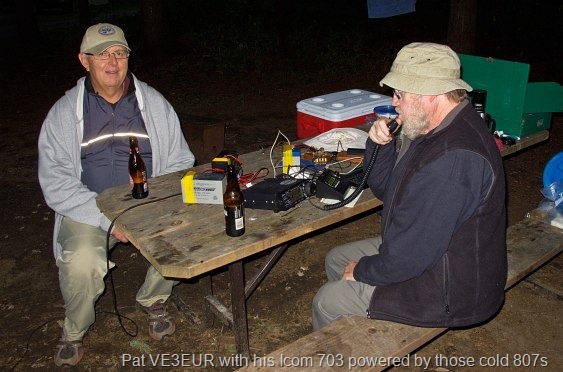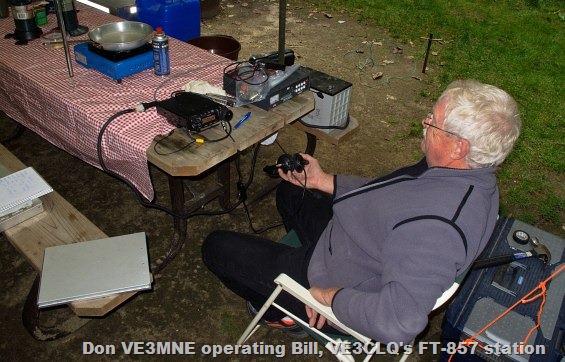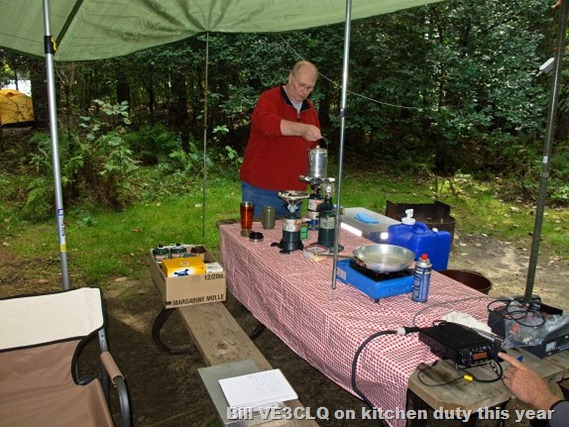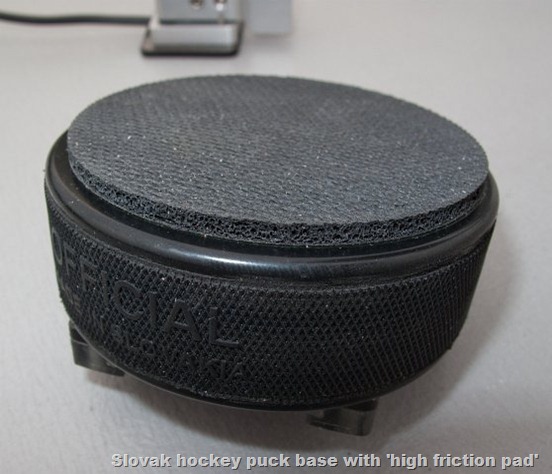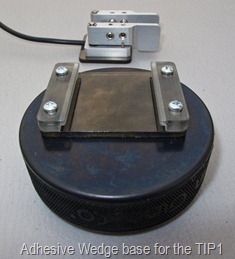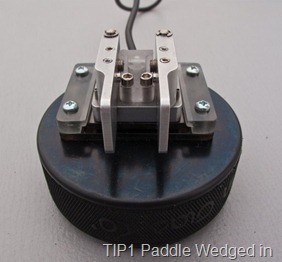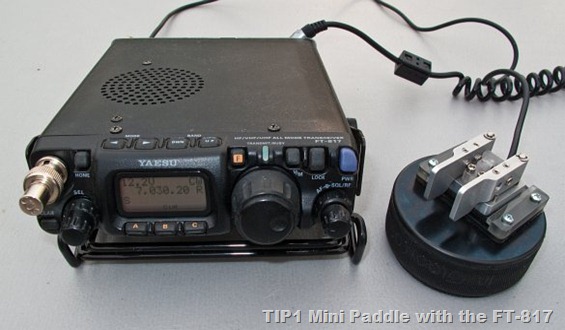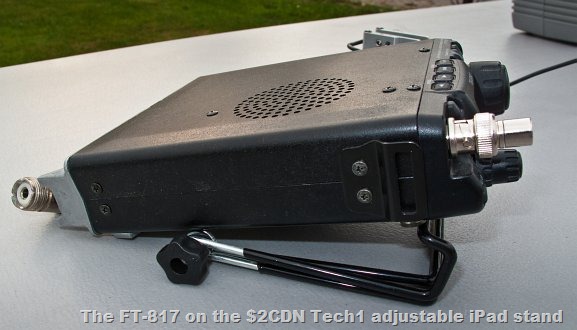
Fall is a busy time out in the country where I live. It’s a time of getting gardens and lawn ready for winter. Other chores at the VE3MPG qth is getting the snow implements ready for the winter snow storms – getting the cutting deck off of the Kubota diesel and attaching the plow or blower onto the front, changing the oil and filter, attaching chains and 50lb weights to the back wheels for traction in the deepest snow. Some of our firewood has been delivered – nice hard maple and it’s all stacked nicely in our woodshed. I keep a good supply in the enclosed back porch and once every few weeks it’s replenished from the main supply in the woodshed. There are two airtight wood stoves here – one on the main floor and a large one in the basement. It keeps us cozy all winter, along with our geothermal heat pump.
 Other fall duties are using up or freezing fresh vegetables from our organic garden. It’s jelly time too and as you can see from the picture above it is a very nice batch this year. I have a Siberian crab apple tree and this year it was packed with fruit so there will be enough jelly till next year. We try to consume foods grown with a few kilometres of our home – organic honey, organic pork, beef and chicken from the neighbouring farms.
Other fall duties are using up or freezing fresh vegetables from our organic garden. It’s jelly time too and as you can see from the picture above it is a very nice batch this year. I have a Siberian crab apple tree and this year it was packed with fruit so there will be enough jelly till next year. We try to consume foods grown with a few kilometres of our home – organic honey, organic pork, beef and chicken from the neighbouring farms.
At this time of year there’s often a lull too, where I find a few hours to try new software in the shack. I had an old 2004 vintage HP Pentium 4 computer sitting around. A few months ago I was reading about a very efficient Linux distro called Puppy Linux. This distro loads into memory, either from a CD or a thumb drive. On this antiquated HP machine software starts instantaneously because it all runs in fast memory instead of from a hard drive. Puppy runs much faster than Ubuntu or Windows on the same hardware. One of the Puppy distros that I discovered is a customized version by the PSKmail.org group.
Their Puppy DXpedition Disk includes many Linux amateur radio programs. Included are three logging programs, Fldigi for digital and PSKmail, satellite tracking, APRS software and many others.
There’s an excellent set of instructions included there on one of the links.
There’s also Puppy Linux Server CD available on the PSKmail.org site – it sets up a psk mail server running in ram and is a little larger distro than the DXpedition Disk distro. It includes everything for setting up a PSK mail server and a few other enhancements of interest to the Linux knowledgeable amateur.

This is the distro that I use in the shack – I installed it to a small hard disk and the system boots in about 10 seconds and runs from ram. I have 2 gigabytes of ram installed but it will run in a lot less. I’ll eventually have my FT-100 connected and running using psk mail on 30 meters. That’s a future blog posting coming up later this year. Puppy Linux is very easy to use and it will automatically recognize most hardware in your PC. It even included drivers for my old Realtek wireless card and configured itself to connect to my wireless internet network – easy peasy! I’ve been playing with variations of Unix/Linux since the early 1990s and this is one of the easiest flavours of Linux to learn on and play with. If you burn a CD/DVD of Puppy leave the disk open instead of finalizing the disk after burning the software image. That way you can add/configure new software and updates to your Puppy CD or thumb drive.
I do hope that you’ve enjoyed this blog posting. For you photography enthusiasts the photos at the top of the jelly and crab apples were taken with a Canon 10D SLR in RAW format and post processed in Adobe Lightroom. They were all shot with available light at 100iso at 6.3 megapixels.
Here are a couple of links of interest for today:
 Distro Watch – the ultimate repository of Linux distributions
Distro Watch – the ultimate repository of Linux distributions

Ontario High Points for SOTA hams in Ontario

